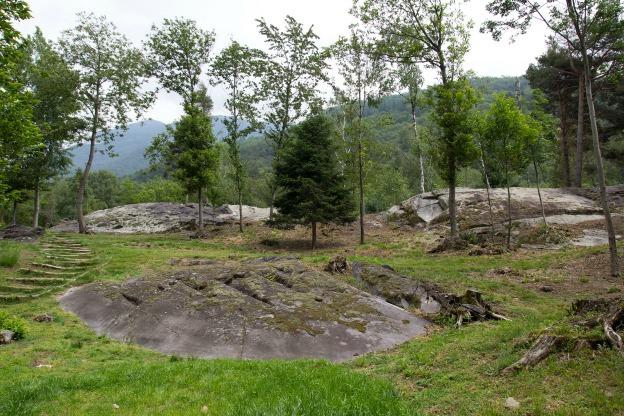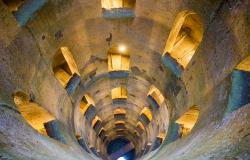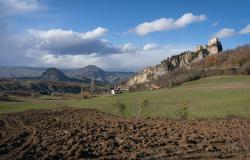Where can you see 8,000 years of human history in carvings?
Head to Lombardy’s Val Camonica, one of the largest valleys of the central Alps, home to one of the world's greatest collections of prehistoric petroglyphs: more than 140,000 symbols and figures carved in the rock from the Old Stone Age, 10,000 years ago, up to ancient Roman times.
Depicting stories related to agriculture, navigation, war and magic, these stone carvings “constitute an extraordinary figurative documentation of prehistoric customs and mentality,” says Unesco, which inscribed them into its World Heritage list in 1979, making the area Italy's first recognized Unesco site. While Unesco refers to 140,000 figures and symbols, new discoveries have increased the number of catalogued incisions to between 200,000 and 300,000.
As the images drawn on the rocks changed over time, the technique remained the same: people used a hard stone against a soft rock surface. Archeologists believe that the sound made by striking rock was used in rituals; the sound connected humans to sacred beings and to the spirits who dwelled in the rocks.
The petroglyphs are spread throughout the valley, in an area stretching some 70 km, with a larger concentration around Darfo Boario Terme, Capo di Ponte, Nadro, Cimbergo and Paspardo, in the province of Brescia.
The drawings vary from the spiritual to the material: people in a circle revering the sun, an elk with its head turned, a map of the valley with roads and houses. 5,000-year-old drawings from the Copper Age show the beginnings of agriculture and the shift from hunting to farming.
The engravings were discovered at the beginning of the 20th century, and continue to be studied today, because, as Unesco points out, “they teach us much about the history of mankind.”














